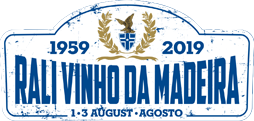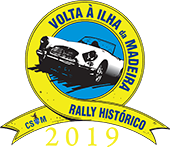60 years of Rally: The Rally in the 70’s.
At the beginning of the seventies, hairs seemed to have grown at the same rate as that of people’s interest in Porsche’s 911 models, since it came to dominate the decade’s first quarter. One of the machines coming out of Zuffenhausen had already been tagged as the “Green Bomb” and, at its wheel, was the inevitable racer Américo Nunes who, besides winning the Rally both in 1970 and 1977, still managed to second in 1971 and 1972, precisely behind another Porsche, that of Giovanni Salvi.
1974 was a year marked by the oil crisis, provoked when OPEC decided to drastically reduce the extraction of the commodity. In a year that was also a remarkable historical moment in Portugal, marked by stark political events, the motor racing competition was suspended and the Tour of Madeira Island ended up not taking place.
Until then, nonetheless, the competition had already been through a process of democratization, since 1972 and 1973 saw winnings by Luís Neto’s Fiat 125 S and Gomes Pereira’s Opel 1904. Simple cars, relatively quick but decidedly robust enough to face the vicissitudes that the imposed average speed would determine. In the year that followed the Carnation revolution, victory fell again on the hands of a Madeiran, João Clemente “Janica” Aguiar and his Ford Escort, both idols of the Dinky Toys’ speed addicts.
With the 80’s at the doorstep, intentions started to arise that would eventually bring the island’s competition to be part of the European Championship. In order to promote the event, the young Finn star Ari Vatanen came to Madeira. A name which eventually would become synonym of the Rally itself and that became associated with his signature waving to the public; arm outstretched from his Ford Escort RS with which he won in 1978. The joy of the unmovable local fan crowds was only overpassed when the competition was confirmed as part of European Championship.
The decade ended with a triumph of the Italian racer Tony who surprised the crowds with his Lancia Stratos which, like an UFO, “flew” over the island’s roads. Picking out from their tents, which would become a mark of the now unavoidable camping caravan that, at the time, would fill up the island’s highlands, spectators could not resist the calling of a car equipped with a Ferrari Dino engine, nor to the élan of Adartico Vudafieri in his slightly less elegant, but still valuable, Fiat 131 Abarth.














